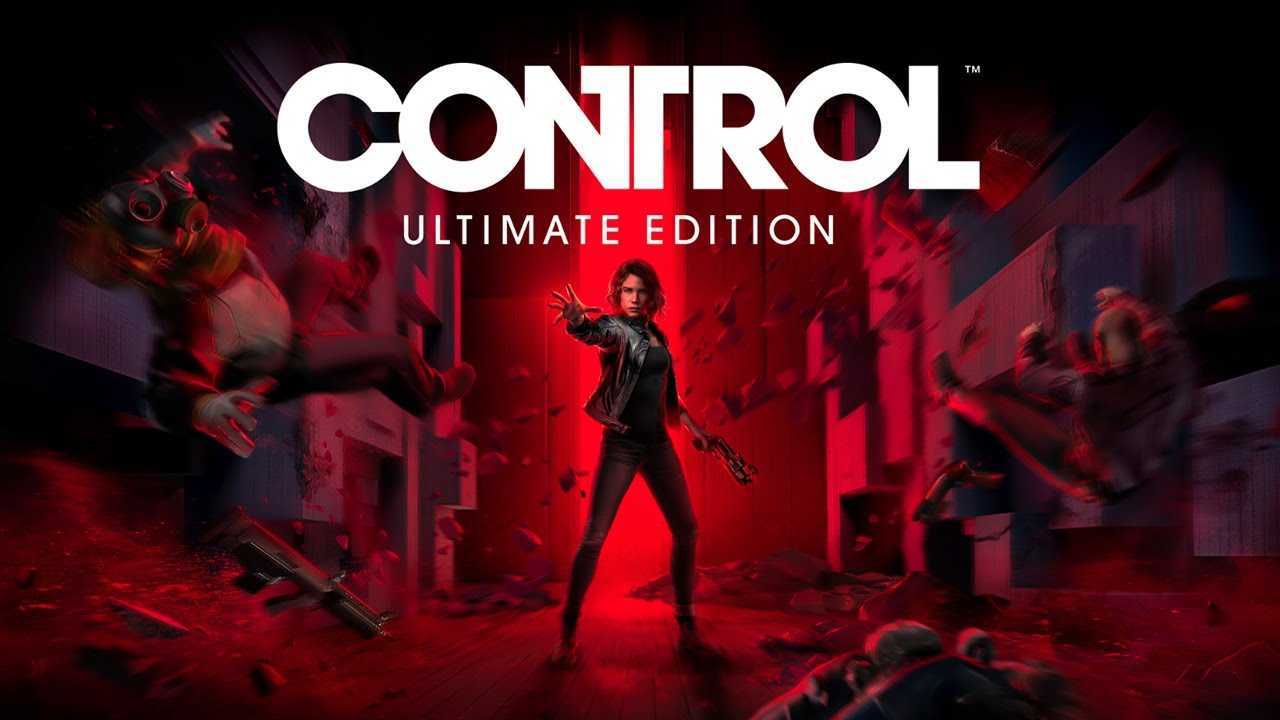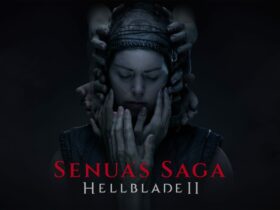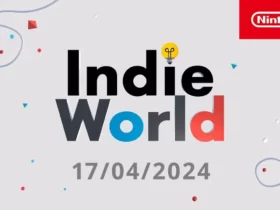The Art and Making of Control is the art book published by Future Press that tells the beautiful journey related to the development of Control
As we all know, video games are a medium that, more than others, captures the imagination of the public and creates, thanks to interactivity, a special relationship with the public. Experiencing video games, however, isn’t just about playing them. For most players, it mostly means living within an entire universe of paratexts. From gameplay videos to livestreams, from collector statues to online articles like this, the great variety of content that surrounds video games manifests itself in many cross-media dimensions. In this special we will go to see one publication very particular, it is the art book The Art and Making of Control.
Publishing and video games
As for the sector ofpublishing paper, there are many editions, formats and contents that we can meet. In this article we will talk about a art book somewhat peculiar. The Art and Making of Control is in fact the title of the special volume recently published by Future Press in collaboration with Remedy Entertainment. Although the type of content has already been seen in the past, there are in fact many other art books that combine the concept of illustrated book with that of the story on game development, this book also embodies a particular care in planning, design and format.
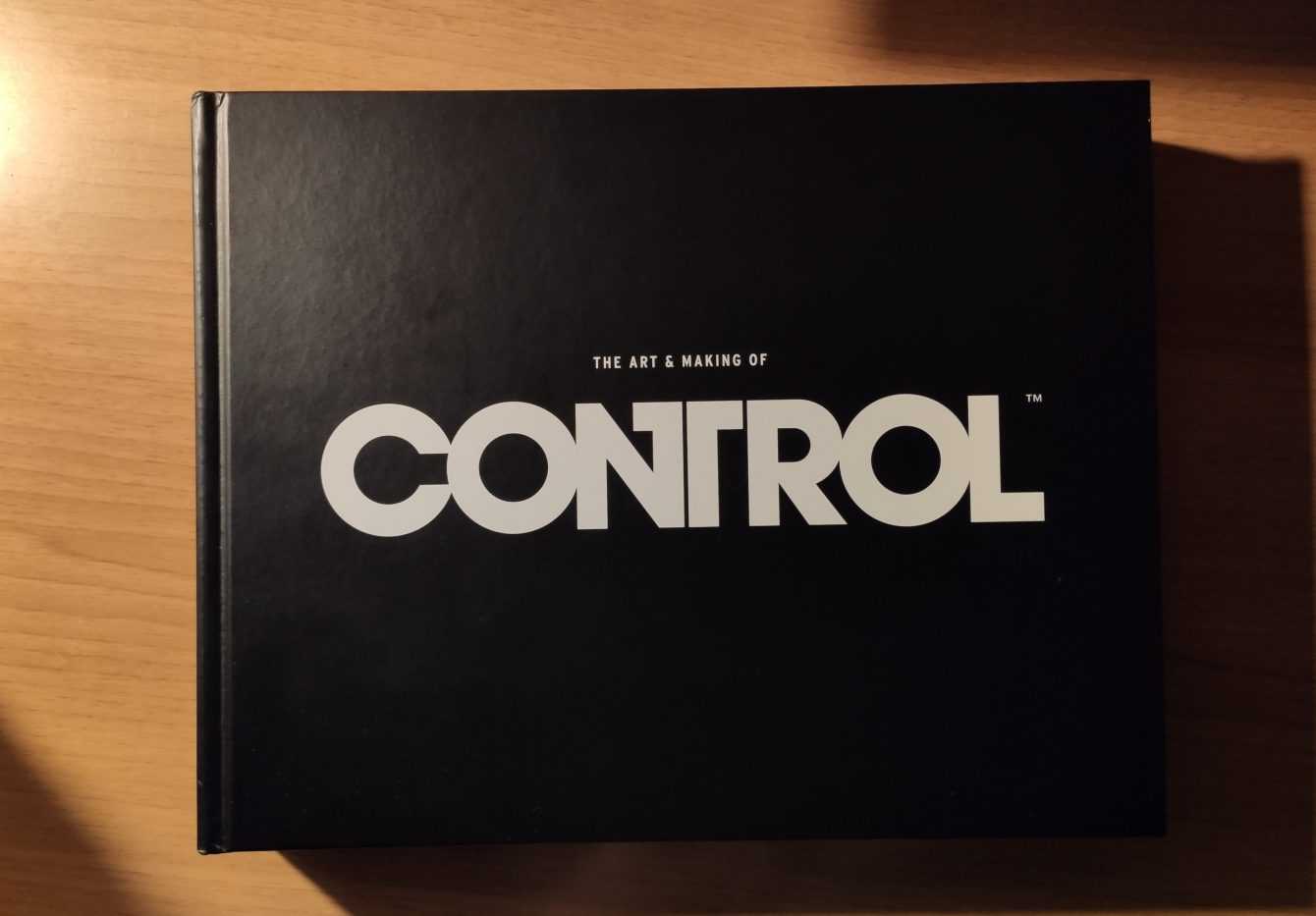
The Art and Making of Control, contrary to what usually happens in the industry, was born for a mere act of love from developers to fans. In fact, the release of this project was not planned until later different months from the release of the game. When the guys from Remedy realized that criticism, general public, but above all the numerous ones community of enthusiasts scattered throughout the internet, have expressed their appreciation through comments, of art and building theory based on the lore of the game.
As mentioned, the particularity lies, before the content, in the choices of design e typographic. The edition perfectly reflects the style and the mood of the game: a hardcover of approx 400 pages, in A4 format, with colored front, back and back cover by nero and with the blank title to stand out. To break the static nature of the black, however, is the cut (the surface of the sheets not covered by binding) colored by rosso. The volume is contained in a gray case bearing the game logo. From how it presents itself, therefore, the aesthetics of the book immediately introduces us to the theme of mystery and the secrecy of an occult organization that observes and tries to control events paranaturali, What is the Federal Bureau of Control.
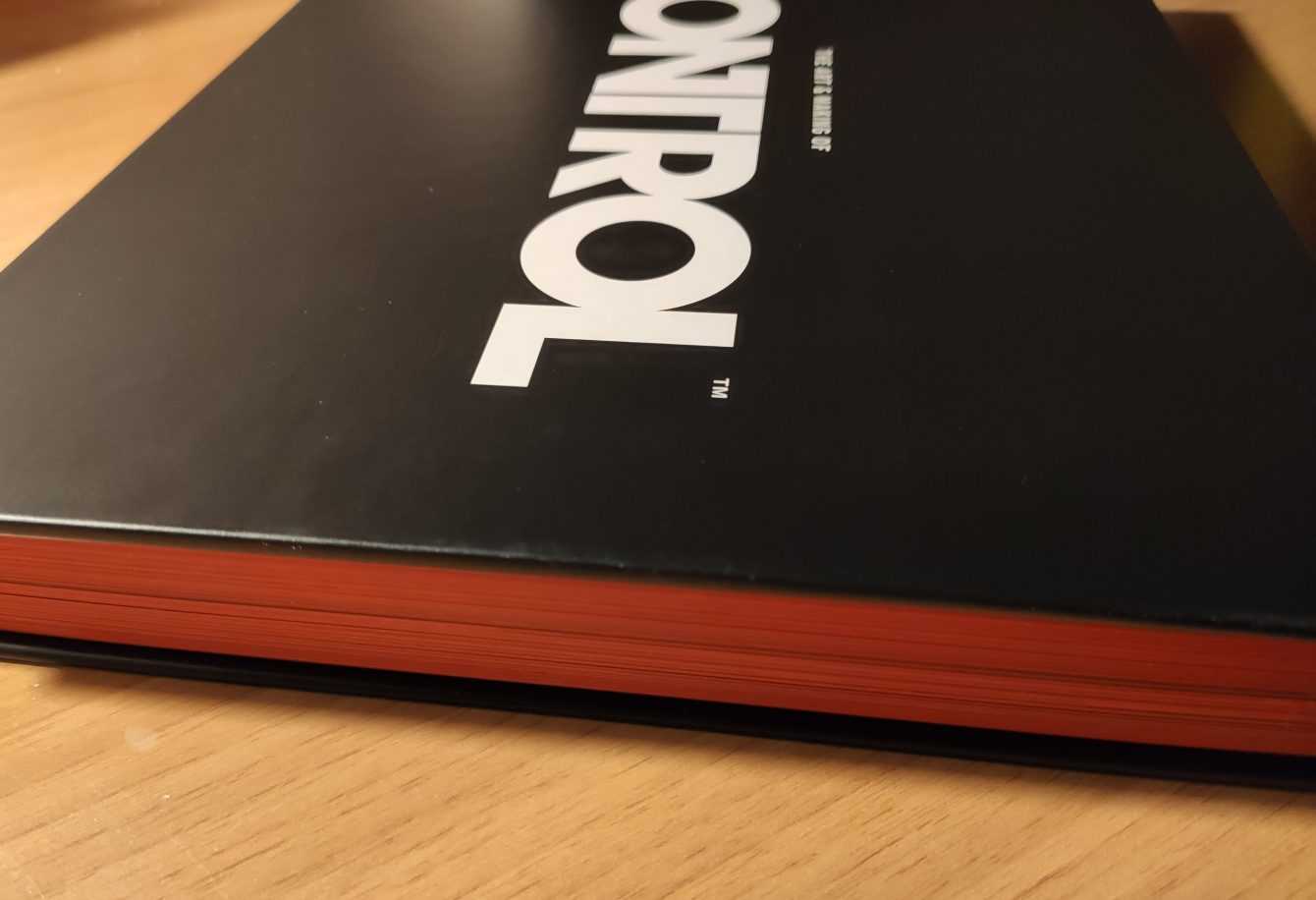
An intertwining of skills – The Art and Making of Control
In this book it unfolds, with just right balance between text and images, the description of the creation of the game accompanied by numerous art works created by the Concept Artists Leonardo Calamati e Olivier Ödmark. Nevertheless, in addition to showing insights into preparatory sketches, alternative illustrations, character costumes, sketches and more, the production story and the decision-making processes which led to the creation of the game.
The chapters that mark this tale go from World Building to Character and Costume Design, passing throughEnvironment and Combat Design, ending with archival materials such as the experiments to define the logo of the game. Finally, the reading experience is not without surprises. For example, once you get to the chapter dedicated to Synchronicity Lab, one realizes that the right and left pages (front and back) are mirrored, similar to how reality is mirrored in one of the game’s side missions.
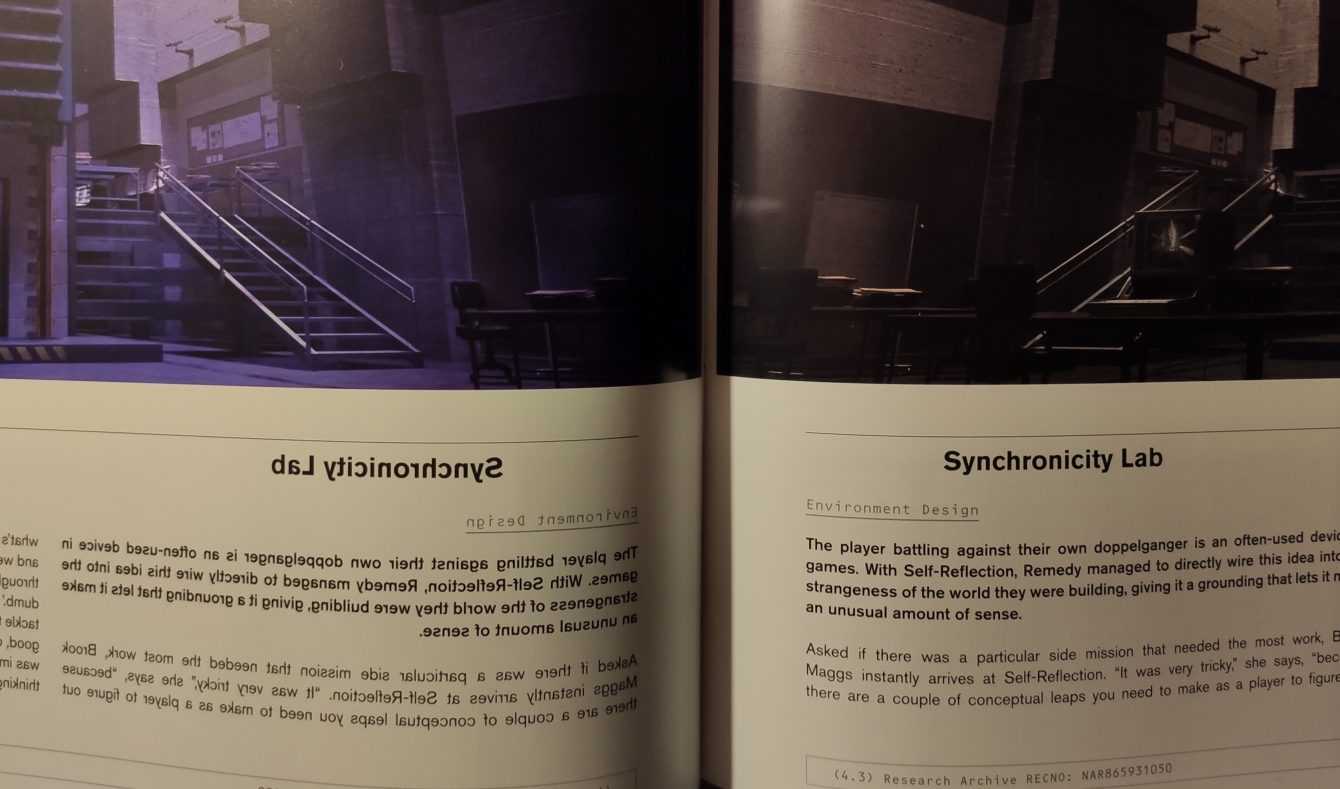
Visual Identity – The Art and Making of Control
Control is a title that shines for its uniqueness in style is in the world building. What emerges in the definition of his visual identity, in the words of the World Design Director Stuart McDonald and the Game Director Mikael Kasurinen, is the philosophy of wanting to combine different concepts and styles. In particular, the contrasts between order and chaos, worldly and exceptional, stability and entropy, Bureau versus Hiss, are posed as pillars creative goals.
The symmetry, the regularity and the gray of the architectures (whose influence, moreover, is given by the style of Carlo Scarpa, a local architect of the twentieth century) contrast with the irrationality, the unpredictability and the rosso of the Hiss. Hiss corrupts the world, represented by build shifting, that is the environment that changes shape, as well as people, transforming them into enemies.
In this way, the work of writers and creatives is contextualized. Indeed, the goal of Jesse within the Bureau, is to restore order and the “control” of the building, to prevent the evil resonance from escaping the confines of the Oldest House e invade outside world. On the gameplay side, this translates into to defeat enemies and in restoring i control points in the rooms with the help of a resonance of an opposite nature, benevolent and rational, called Polaris.
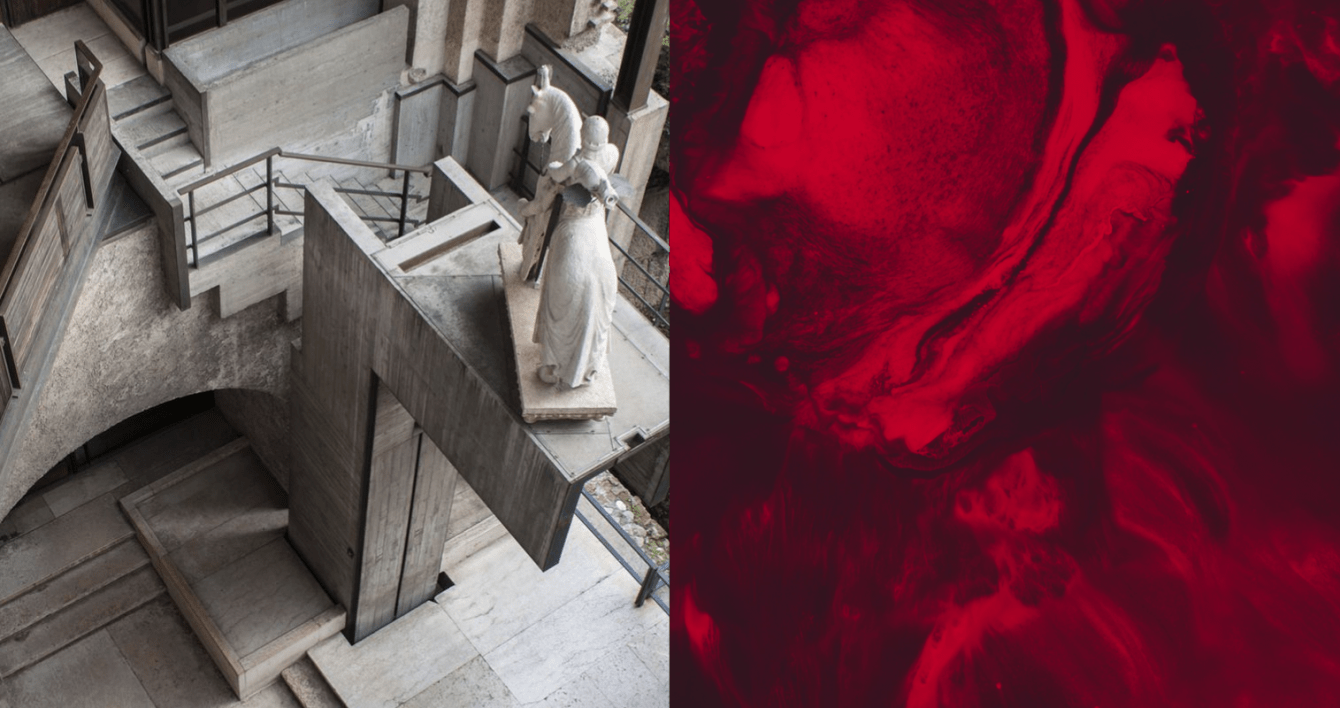
Level Design – The Art and Making of Control
Interesting concepts as are the chapters dedicated to the construction of characters and levels. Viewed from the outside, the Oldest House is a building based square which stands in the midst of Manhattan, hidden from people’s sight. There dissonance ludo-narrative lies in the fact that the plants of the various levels They do not match if superimposed.
This was one choice creative born from the fact that, from the point of view of history, the entire building is comparable to an entity viva, a kind of modern Yggdrasill leading to other dimensions, as it turns out in the game. Therefore there was no, in the phase of level design, the need to match the planimetry proposing the same structure on each floor. On the contrary, each of them has its own identity, being also the levels predisposed for functions diverse.
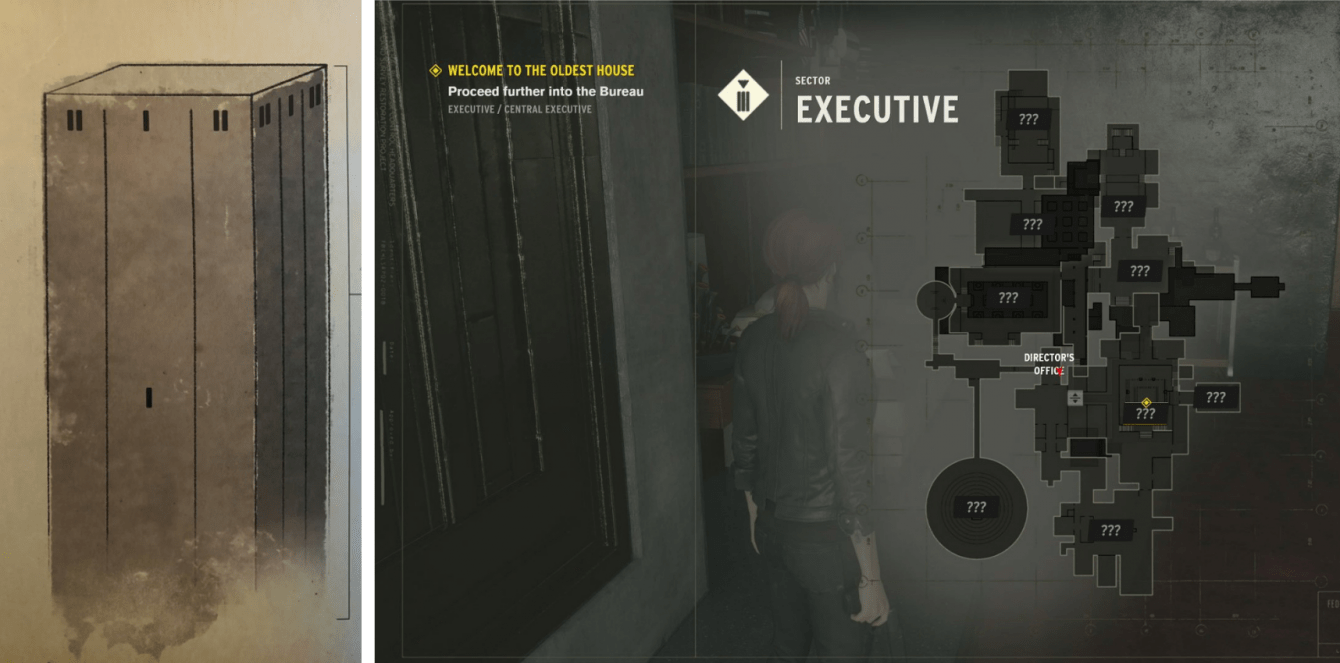
A bit of semiotics – The Art and Making of Control
Another aspect that is deepened in the volume is the gameplay. If the previous title, Quantum Break, was a rather linear game, with Control the team wanted to take the risk of making a game more Open and with gameplay emergent. This means that the authors provide the player / character with a skill set and tools (mechanics), and a consistent game world e coherent with rules, but without imposing any unique solution to the player, although he may be guided by only suggested solutions or mention through game design, for example through non-verbal communication.
This translates into the metroidvania feature of the game. That is in the possibility of to explore the environment at will by backtracking between the various areas. Speaking of consistency, every element of gameplay as well as every object in the game world is narratively contextualized, with a few, a few exceptions. All altered objects, all unread documents, all areas of the Oldest House and signs diegetici, have a purpose and a lore that contextualize them.
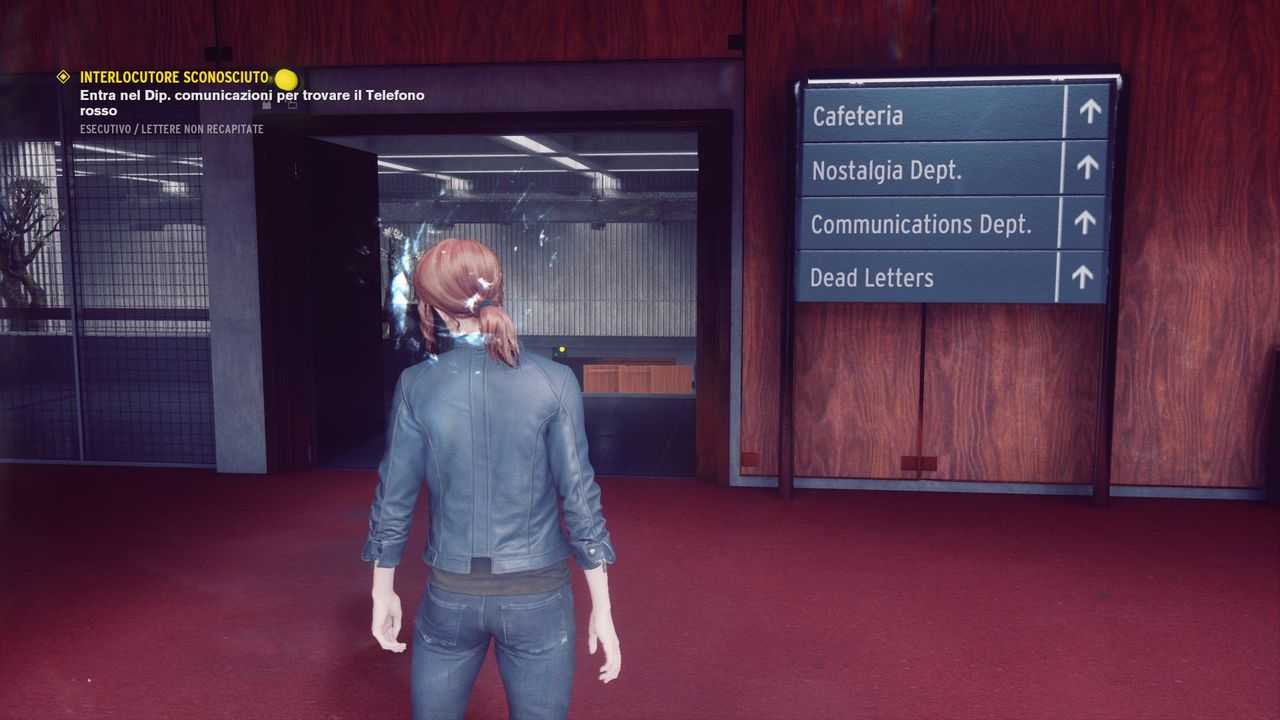
Tecnologia all’avanguardia – The Art and Making of Control
At the end of the book there are various insights technological on the graphic aspect and on the proprietary engine, the Northlight engine. Il Director of Technology Mika Vehkala, the programmer Tatu Aalto, the Lead VFX Artist Elmeri Raitanen e l’Art Director Janne Pulkkinen, tell what the advantages for Remedy were in making the game with their Northlight at the expense of using a third-party engine, such as Unity or Unreal.
The decisions that led to are subsequently recounted to change the physics engine, moving from Havok to PhysX due to the high destructibility environmental and screen particle management. It is then explained how the algorithms of AI and pathfinding. Finally, a long chapter is dedicated to the implementation of Ray Tracing, its advantages and its future developments. One of the curiosities is that Ray Tracing has been implemented in the PC version very far in production and that the programmers have done their best to optimize it in time.
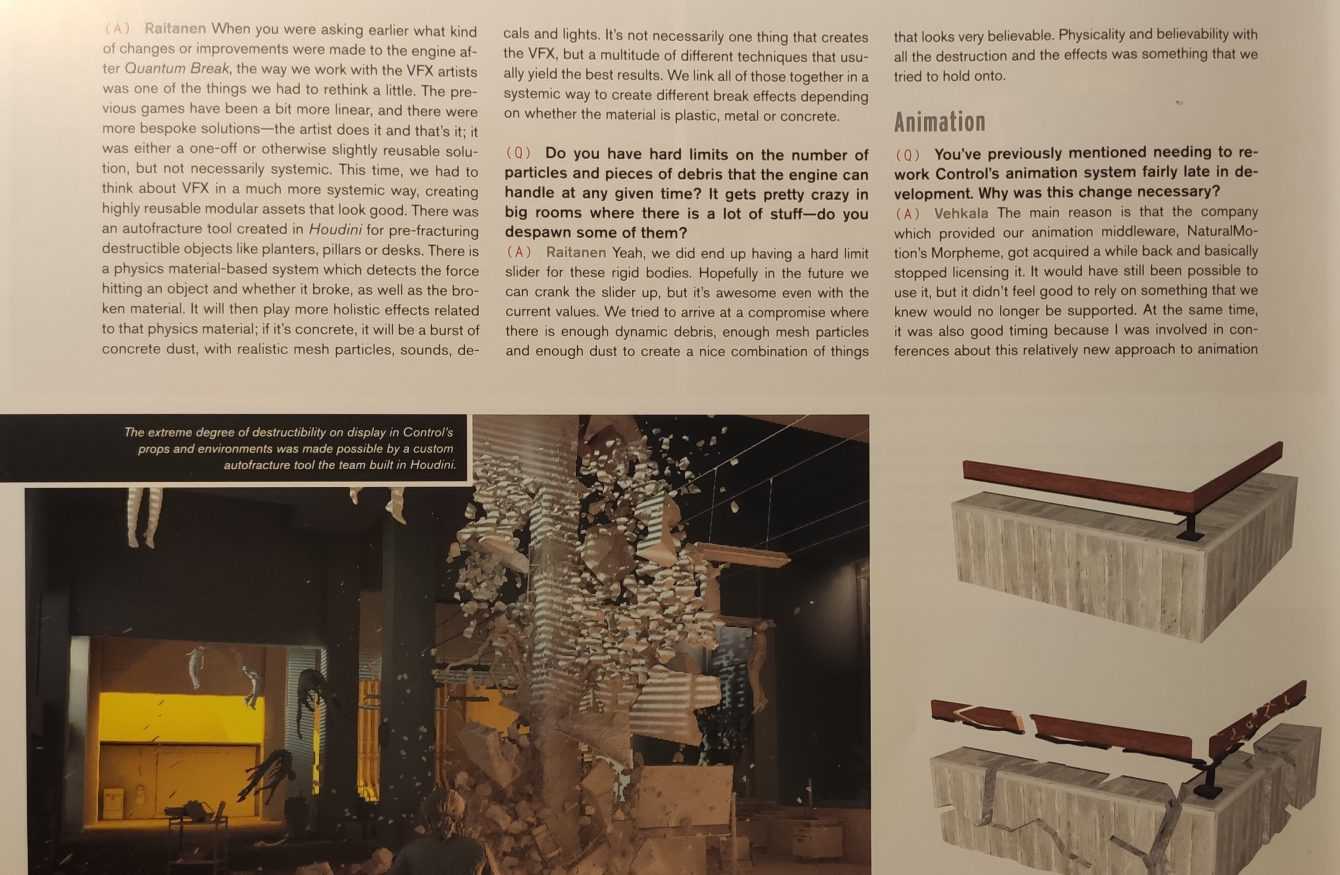
Discarded ideas and strokes of genius – The Art and Making of Control
Business operations like this are, on the one hand, a way to exploit the brand by companies, on the other hand, a source of joy for the whole videogame world. Being able to enter into the dynamics relating to game design of a particular game is always an interesting thing for all fans. Seeing the other side of the fence makes you realize how much work there can be and how much difficulty you can meet to develop a video game from scratch. But also how much work in team can give huge satisfactions and great results.
Always keeping in mind that the final result does not match almost never as expected in the early stages of development. According to what Kasurinen reports, in fact, certain ideas were abandoned in progress and still others have been generated due to the insights of some developers.
For example, there was a time in the game when Jesse, in his search for the servant Water god, after crossing a corridor and climbing some stairs, he ended up coming out on the shore of a lake in Finland, near Ahti’s holiday home. However, that part was cut as it was preferred to make Jesse, and the player, one more trip symbolic and less real. As a result, the landscape described above was still kept but turned into a painting, much more evocative. In this case we have preferred to work with subtraction.
On the contrary, the crazy idea of hunting for rubber duck it was about to be abandoned due to the tight schedule. However, the Senior Level Designer Anne-Marie Grönroos he insisted a lot on keeping it, convincing the Director Kasurinen. Sometimes daring and coming out of the box can make that contribution madness in addition to the project.
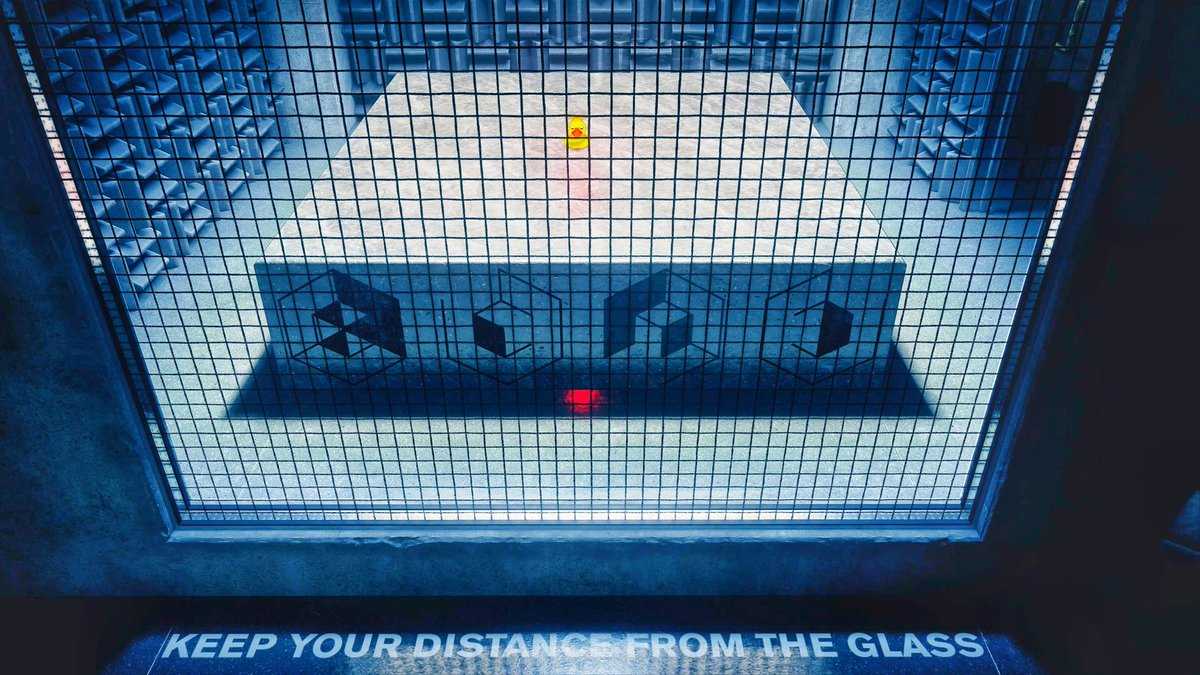
Beyond the screen
In conclusion, regarding the experience of the writer, see i background of making a game like Control was an overwhelming read surprising and fascinating, especially for the peculiarity of the title. I hope others have the opportunity to too elaborate on these aspects of the videogame world, in order to better understand on the one hand the production dynamicson the other hand the video games themselves like medium. In the meantime, we look forward to others editions like this.
To buy Control and other titles discounted go to our Instant Gaming link! For more news, specials and insights restate on the pages of TechGameWorld.com.






